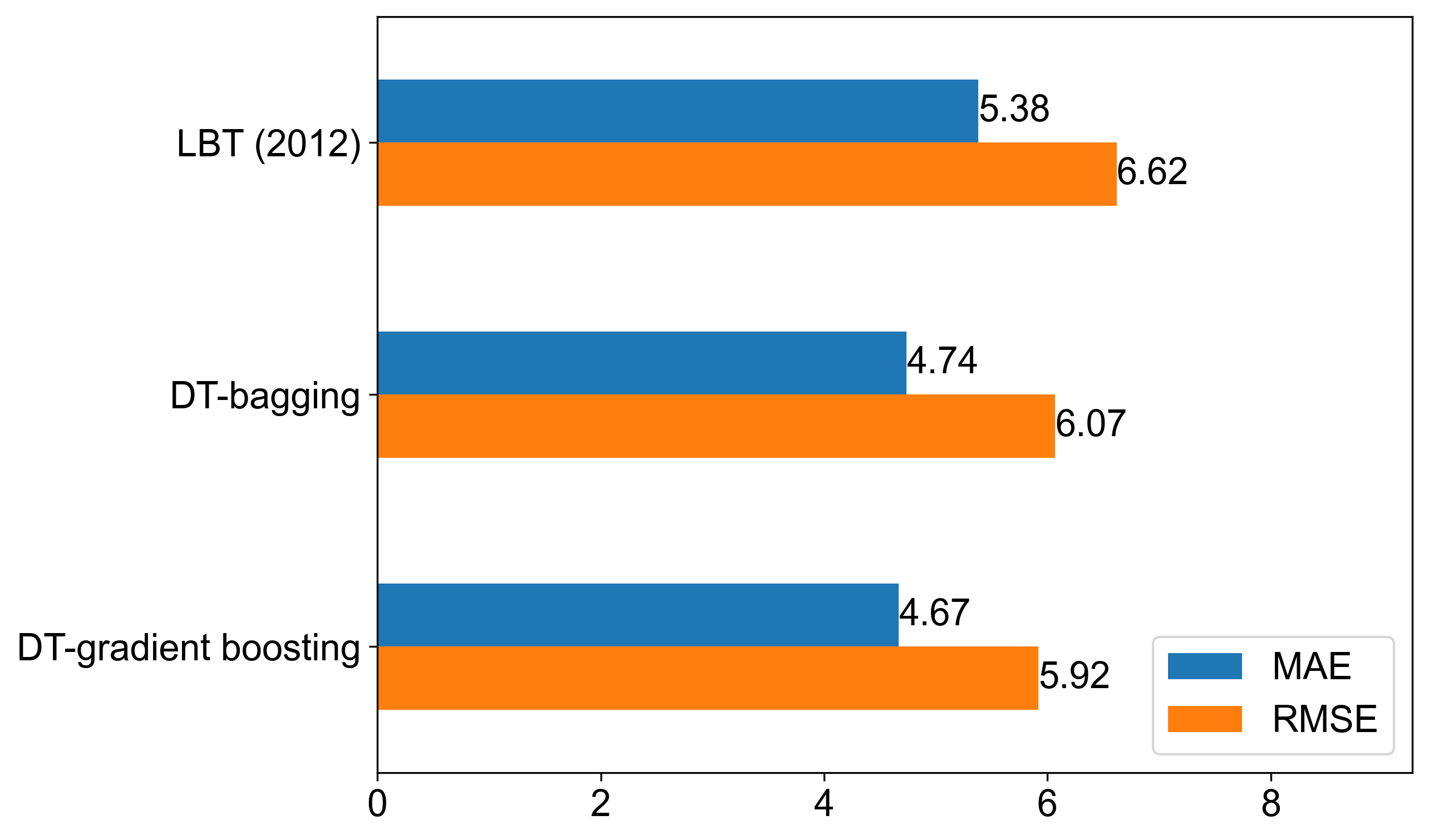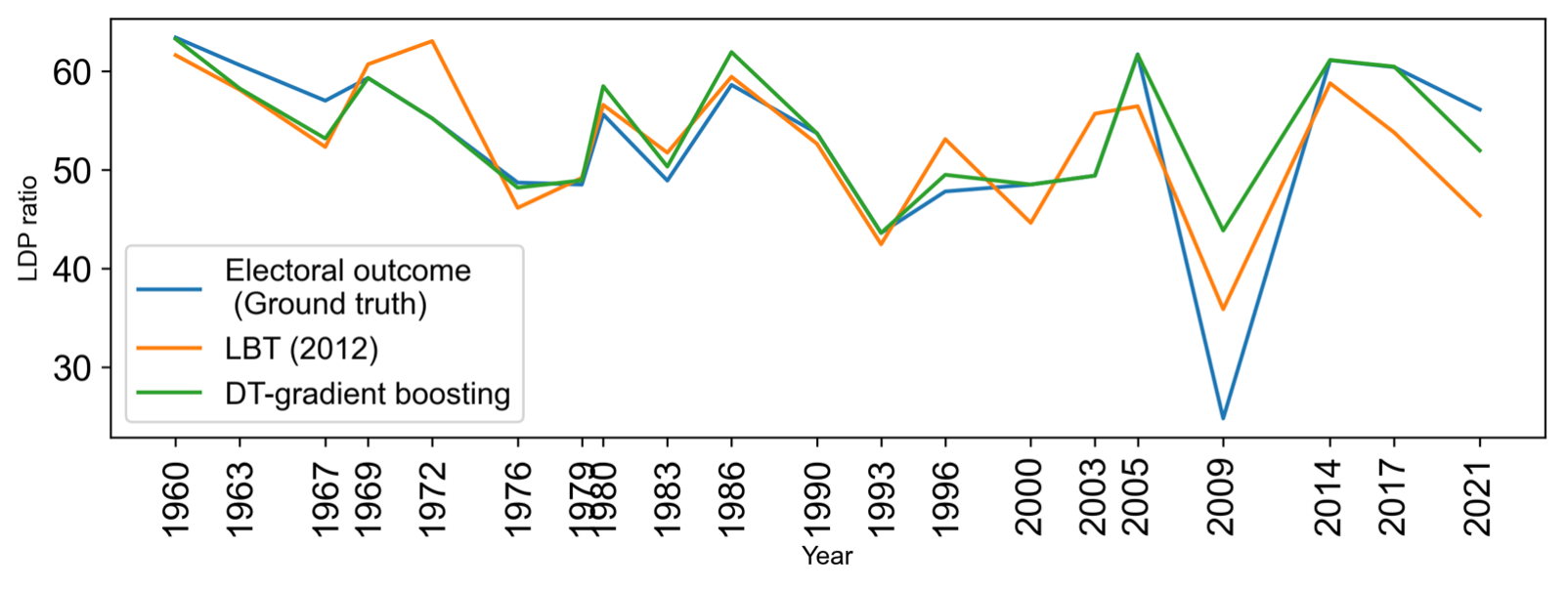This is the origin scikit-learn implement of the following paper: Forecasting Japanese elections by ensemble decision tree models.
- Python 3.7.9
- pandas==1.1.4
- matplotlib==3.4.0
- numpy==1.19.4
- scikit_learn==1.2.0
Dependencies can be installed using the following command:
pip install -r ./requirements.txtTo evaluate the proposed or benchmark models (except linear gradient boosting), please run the following command:
python forcasting_best_param.pyThe parameter that you can change are shown in following table:
| Parameter name | Description of parameter |
|---|---|
| method | The proposed or the benchmarked model |
| data | The dataset used for training and testing |
| seed_num | The seed num |
python pred_blr.pyThe parameter that you can change are shown in following table:
| Parameter name | Description of parameter |
|---|---|
| learning_rate | The learning rate |
| data | The dataset used for training and testing |
| max_iter | The max ieration |
| early_stopping | Whether set the early stopping |
The Japanese election dataset which can be publically accesible is shown below:
Year LDP_seats GDP PM_approval DAYS
1960 63.4 9.42 41.6 913
1963 60.6 8.6 38.7 1096
1967 57 10.25 25.8 1165
1969 59.3 11.91 37.9 1063
1972 55.2 4.39 54.8 1079
1976 48.7 3.09 29.5 1456
1979 48.5 5.27 26 1036
1980 55.6 5.48 29.1 259
1983 48.9 3.38 37.3 1274
1986 58.6 6.33 42.6 931
1990 53.7 5.37 36.5 1323
1993 43.6 0.82 23.1 1246
1996 47.8 2.74 39.8 1190
2000 48.5 -0.25 30.4 1344
2003 49.4 0.12 49.6 1232
2005 61.7 2.2 39.9 672
2009 24.8 -1.09 16.3 1449
2012 61.3 -0.12 17.3 1204
2014 61.1 2 45.5 728
2017 60.4 1.03 41.8 1043
2021 56.1 -4.4 40.3 1470The training and evaluating flow chart is shown as below:
The evaluated performance is shown as below:


The feature importance of the DT-bagging and DT-gradient boosting models are shown as below:
The forecasting results by the proposed and benchmark models on 1960-2012 dataset are shown below:


